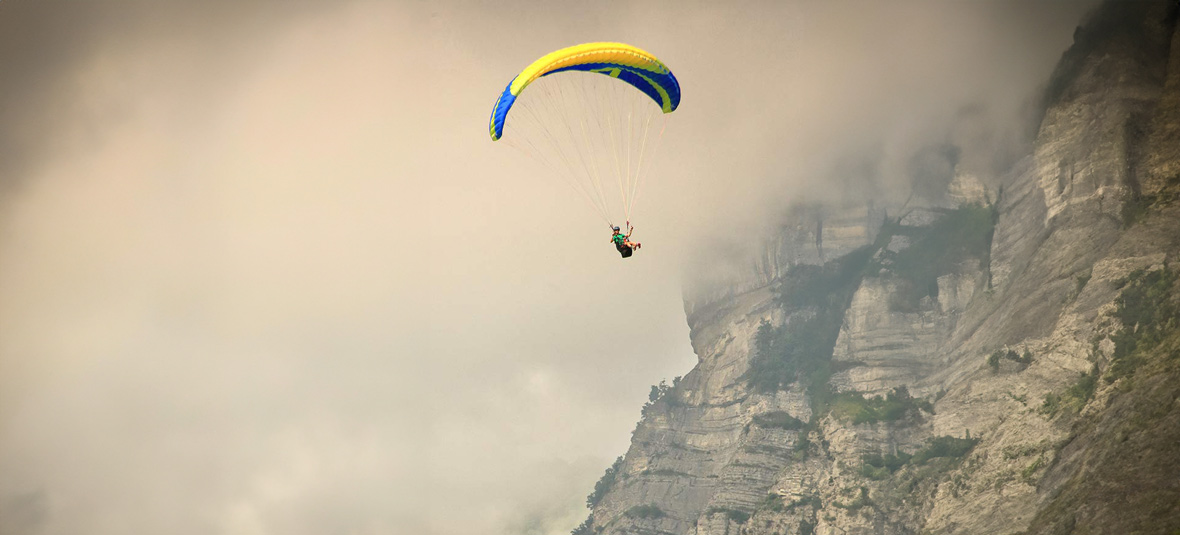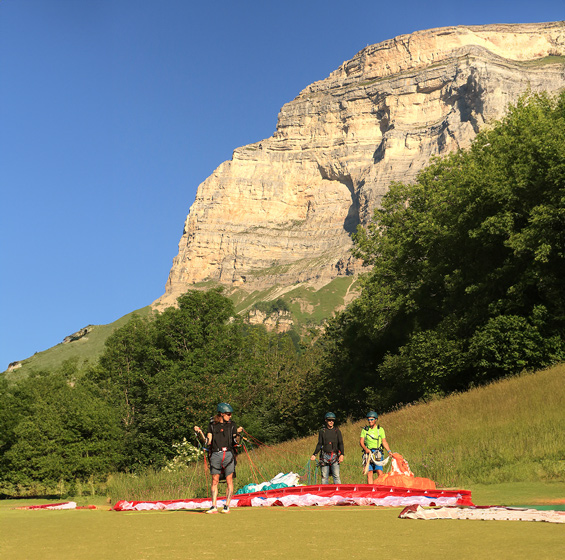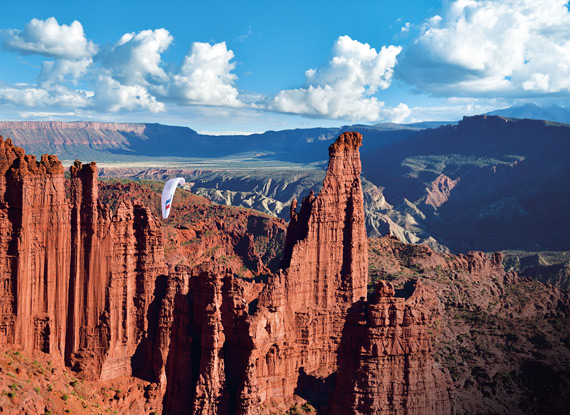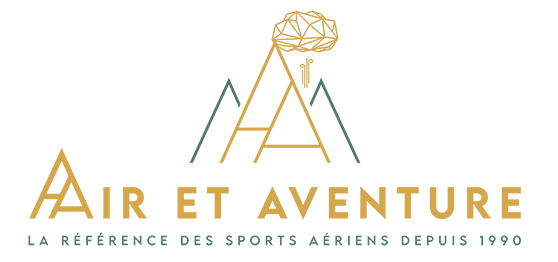Paragliding, started and progressing : the complete guide to improving your free-flight skills


Paragliding is a discipline that combines the passion of free flight with technical mastery and knowledge of the aerial environment. For lovers of thrills and breathtaking scenery, it's a must-do activity in France. However, to make the most of this experience and to progress, it's essential to follow a structured path and acquire solid skills. In this article, we'll explore the fundamental steps and techniques to improve your paragliding skills.
HOW TO PROGRESS IN PARAGLIDING ?
Progressing in paragliding requires a methodical approach that combines training, practice and an understanding of aerodynamic principles. A paragliding course is often the ideal starting point for beginners. These courses are designed to help new paragliders acquire basic skills and understand the principles of aerology and weather specific to free flight.
The choice of equipment is also crucial. For beginners, it's best to choose a paraglider adapted to their level, offering safety and tolerance to errors. Paraglider manufacturers offer a range of stock products designed specifically for novices, with an emphasis on stability and ease of piloting.
In addition, buying a book such as the manual du vol libre or parapente s'initier et progresser by Pierre Paul Menegoz and Yves Goueslain is a wise investment. These books are a must for all paragliders progressing from beginner to expert, and detail the fundamental techniques and aerodynamic principles essential to mastering paragliding.

HOW MUCH DOES A BEGINNER PARAGLIDER COST ?
The price of a paraglider for beginners generally varies between 2,500 and 3,500 euros for a glider, and up to 4,000 /4500 euros for a complete package, depending on brand and product specifications. It's important to note that paragliding is a significant investment, but safety and quality should never be compromised for short-term savings. That's why it's a good idea to ask for information in the store or online !
HOW TO FLY A PARAGLIDER ALONE ?
Flying alone is a major step in the life of a paraglider pilot. Before you take off and land solo, it's imperative that you take an advanced training course after your introductory course. This course should introduce you to advanced techniques and prepare you to handle autonomous flight situations on a known site in calm conditions.
The choice of equipment is also crucial at this stage. We recommend that you consult a professional to select a paraglider suited to your skill level and flying ambitions. In addition, a good understanding of the weather and aerology is essential for planning and executing safe flights.

PREPARING FOR A LONG-DISTANCE PARAGLIDING FLIGHT
To prepare for a long-distance flight, it is essential to :
-
Plan your flight by studying the weather and aerological conditions and choosing an itinerary suited to your level.
-
Check your equipment, including your canopy, harness, helmet, radio, and reserve parachute.
-
Master thermal flying techniques to optimize lift and transitions.
-
Know the rules of the airspaceto fly in compliance with regulations and enjoy the flying sites.
-
Be physically and mentally prepared for long-distance flights.


In conclusion, paragliding initiation and progression require a combination of theoretical and practical training, a good knowledge of the aerology, and the right choice of equipment. Whether for beginners or for those who aspire to prepare for the challenges of long-distance flying, the importance of quality training and appropriate equipment is paramount. Safety, understanding the weather and mastery of flying techniques are the cornerstones of this exhilarating discipline. By adhering to these principles, paragliding enthusiasts can not only fully enjoy the unique experience the sport has to offer, but also move confidently on to higher levels of proficiency. Paragliding offers an exceptional opportunity to discover the world from a new angle, combining freedom, adrenalin and scenic beauty.








